Home>Furniture & Design>Outdoor Furniture>What Gauge Wire For An Outdoor Outlet
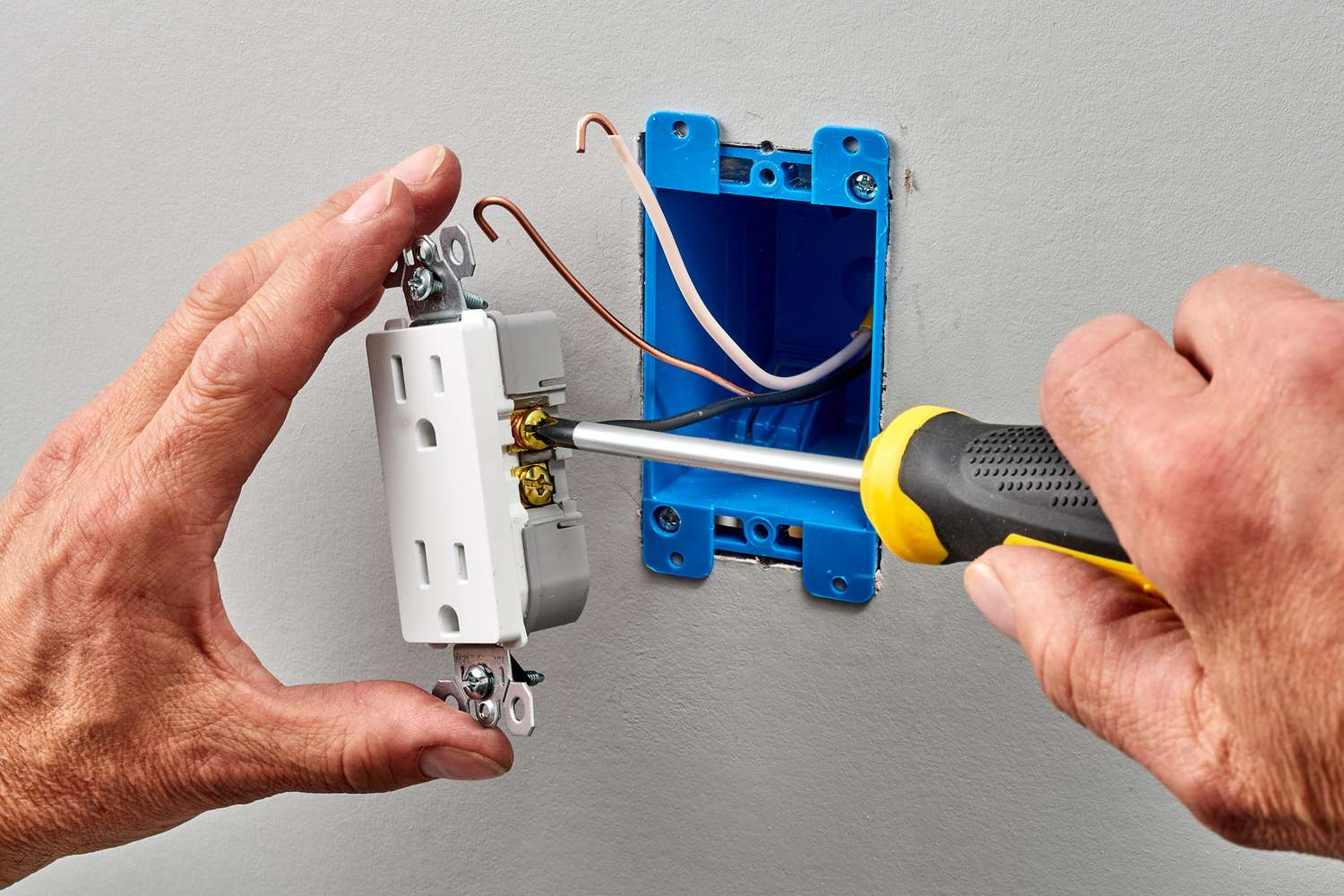

Outdoor Furniture
What Gauge Wire For An Outdoor Outlet
Published: January 15, 2024
Discover the best gauge wire for outdoor outlets to ensure safe and reliable power supply for your outdoor furniture and design. Find the right wire size for your outdoor electrical needs.
(Many of the links in this article redirect to a specific reviewed product. Your purchase of these products through affiliate links helps to generate commission for Storables.com, at no extra cost. Learn more)
Introduction
When it comes to creating a welcoming outdoor space, the right lighting, power sources, and functional design elements are essential. Whether you're setting up an outdoor kitchen, powering a fountain, or installing landscape lighting, having outdoor outlets can greatly enhance the functionality and ambiance of your outdoor area. However, to ensure the safety and efficiency of these outdoor outlets, it's crucial to select the appropriate wire gauge for the electrical wiring.
The wire gauge, or the thickness of the wire, plays a critical role in determining the electrical capacity and safety of the outdoor outlet. Choosing the correct wire gauge is vital for preventing power loss, overheating, and potential electrical hazards. In this comprehensive guide, we'll delve into the intricacies of wire gauge selection for outdoor outlets, considering factors such as distance, amperage, and environmental conditions. By understanding these key elements, you'll be well-equipped to make informed decisions and create a secure and reliable outdoor electrical system.
Join us as we explore the nuances of wire gauge for outdoor outlets, uncover the factors that influence wire gauge selection, and gain insights into the recommended wire gauge for various outdoor applications. Whether you're a seasoned DIY enthusiast or a homeowner looking to enhance your outdoor living space, this guide will equip you with the knowledge needed to make informed choices and create a safe and efficient outdoor electrical setup. Let's dive into the world of wire gauge for outdoor outlets and illuminate your outdoor living experience.
Key Takeaways:
- Choose the right wire gauge for outdoor outlets based on distance, load, and environmental factors to ensure safety and efficiency.
- Consider factors like distance, anticipated load, and future expansion when selecting wire gauge for outdoor outlets to create a reliable and scalable electrical system.
Read more: What Kind Of Wire For Outdoor Outlet
Understanding Wire Gauge
Wire gauge, often referred to as AWG (American Wire Gauge), is a standardized system used to measure the diameter of electrical wire. The gauge number is inversely proportional to the wire diameter, meaning that a lower gauge number indicates a thicker wire. For instance, a 12-gauge wire is thicker than a 14-gauge wire. Understanding wire gauge is crucial for determining the appropriate wire size to handle the electrical load and ensure safe operation.
When it comes to outdoor outlets, the selection of the right wire gauge is paramount. The gauge of the wire affects the amount of electrical current it can safely carry without overheating. In outdoor environments, factors such as temperature variations, moisture, and exposure to elements can impact the performance and safety of electrical wiring. Therefore, choosing the correct wire gauge is essential for maintaining a reliable and secure outdoor electrical system.
Wire gauge is directly linked to the ampacity, which refers to the maximum current a wire can safely carry. The higher the gauge number, the lower the ampacity. For outdoor outlets, it’s crucial to consider the distance from the power source, the anticipated electrical load, and the environmental conditions when determining the appropriate wire gauge. By understanding the relationship between wire gauge, ampacity, and environmental factors, you can make informed decisions to ensure the safety and efficiency of your outdoor electrical setup.
Moreover, the type of wire insulation also plays a significant role in outdoor applications. For outdoor outlets, it’s essential to use wire with insulation designed to withstand exposure to UV rays, moisture, and temperature fluctuations. Understanding the impact of insulation on wire performance is integral to creating a durable and weather-resistant outdoor electrical system.
By gaining a comprehensive understanding of wire gauge and its implications for outdoor outlets, you’ll be better equipped to make informed decisions when selecting the appropriate wire size for your outdoor electrical projects. In the following sections, we’ll explore the factors that should be considered when choosing wire gauge for outdoor outlets, empowering you to create a safe, reliable, and efficient outdoor electrical system.
Factors to Consider for Outdoor Outlets
When planning for outdoor outlets, several crucial factors must be taken into account to ensure the safety, functionality, and longevity of the electrical system. Understanding these factors is essential for making informed decisions regarding wire gauge selection and overall outdoor electrical design.
- Environmental Conditions: Outdoor outlets are exposed to a range of environmental elements, including moisture, temperature fluctuations, and UV radiation. It’s imperative to consider the impact of these factors on the electrical wiring and components. Choosing wire with insulation designed to withstand outdoor conditions is crucial for preventing degradation and ensuring the long-term reliability of the electrical system.
- Distance from Power Source: The distance between the outdoor outlet and the power source influences the voltage drop and electrical resistance. Longer distances require thicker wire to minimize voltage drop and ensure that the outlet receives an adequate and stable voltage supply. Calculating the voltage drop based on the distance is essential for selecting the appropriate wire gauge.
- Anticipated Electrical Load: Understanding the electrical load that the outdoor outlet will need to handle is fundamental for selecting the right wire gauge. Different outdoor applications, such as powering lighting fixtures, appliances, or power tools, require varying levels of electrical current. By estimating the anticipated load, you can determine the ampacity requirements and select the suitable wire gauge to accommodate the electrical demand.
- Code Compliance: Adhering to electrical codes and regulations is paramount for ensuring the safety and legality of outdoor electrical installations. Local building codes often specify the minimum wire gauge requirements for outdoor outlets based on factors such as the maximum current rating and environmental considerations. It’s essential to familiarize yourself with the relevant electrical codes and standards to ensure compliance and safety.
- Future Expansion: Considering potential future expansion of the outdoor electrical system is a prudent approach. Assessing whether additional outlets or increased electrical loads may be required in the future enables you to plan for scalability. Selecting a wire gauge that can accommodate potential expansion minimizes the need for rewiring and modifications as your outdoor electrical needs evolve.
By carefully evaluating these factors, you can make informed decisions regarding wire gauge selection for outdoor outlets, ensuring that the electrical system is well-suited to withstand outdoor conditions, meet the electrical load requirements, comply with regulations, and accommodate future expansion. In the next section, we’ll explore the recommended wire gauge for various outdoor applications, providing valuable insights to guide your outdoor electrical projects.
Use 12-gauge wire for a 20-amp outdoor outlet, and 14-gauge wire for a 15-amp outlet. Make sure to use outdoor-rated wire and install a weatherproof outlet cover for protection.
Recommended Wire Gauge for Outdoor Outlets
When determining the recommended wire gauge for outdoor outlets, it’s essential to consider the specific requirements of the outdoor electrical applications, taking into account factors such as distance, anticipated electrical load, and environmental conditions. By aligning the wire gauge with the demands of the outdoor environment and the electrical devices to be powered, you can ensure a safe, efficient, and reliable outdoor electrical system.
For general outdoor outlets and lighting applications, the following recommendations can serve as a guide for selecting the appropriate wire gauge:
- Short Distance (Up to 50 Feet): For outdoor outlets located within a short distance from the power source, such as up to 50 feet, a 14-gauge wire is commonly recommended. This gauge is suitable for handling moderate electrical loads and is often used for outdoor lighting and general-purpose outdoor outlets.
- Moderate Distance (50 to 100 Feet): When the outdoor outlet is situated at a moderate distance, ranging from 50 to 100 feet from the power source, a 12-gauge wire is typically recommended. This gauge provides increased ampacity and is suitable for powering outdoor appliances, pumps, or outlets located farther from the main electrical panel.
- Long Distance (Over 100 Feet): For outdoor outlets positioned at a considerable distance exceeding 100 feet from the power source, a 10-gauge wire is often recommended to minimize voltage drop and ensure sufficient current delivery. This gauge is suitable for applications requiring higher ampacity, such as powering outdoor kitchens, workshops, or remote outdoor installations.
It’s important to note that these recommendations are general guidelines, and specific electrical requirements may vary based on the local electrical codes, the intended outdoor applications, and the specific environmental conditions of the installation site. Consulting with a qualified electrician or electrical engineer can provide valuable insights tailored to your unique outdoor electrical needs and ensure compliance with relevant regulations.
Furthermore, when selecting the wire gauge for outdoor outlets, it’s crucial to consider the wire insulation type and quality to withstand outdoor exposure. Using wire with durable, weather-resistant insulation designed for outdoor use is essential for ensuring the longevity and safety of the electrical wiring in outdoor environments.
By applying these recommended wire gauge guidelines and considering the specific requirements of your outdoor electrical projects, you can create a robust and dependable outdoor electrical system that meets the demands of your outdoor living space while prioritizing safety and performance.
Conclusion
As we conclude our exploration of wire gauge for outdoor outlets, it’s evident that the selection of the appropriate wire gauge is a critical aspect of creating a safe, reliable, and efficient outdoor electrical system. Understanding the nuances of wire gauge, considering environmental factors, and evaluating the specific requirements of outdoor applications are integral to making informed decisions when designing and installing outdoor outlets.
By comprehending the relationship between wire gauge, ampacity, distance, and environmental conditions, you can tailor the wire selection to meet the unique demands of your outdoor living space. Whether you’re powering outdoor lighting, appliances, or entertainment areas, choosing the right wire gauge is essential for preventing voltage drop, minimizing power loss, and ensuring the safety of the electrical system.
Moreover, adhering to local electrical codes and standards, consulting with professionals when needed, and prioritizing the use of quality, weather-resistant wire insulation are fundamental steps in creating a durable and compliant outdoor electrical setup. By integrating these considerations into your outdoor electrical projects, you can enhance the functionality, aesthetics, and safety of your outdoor living space.
It’s important to recognize that the recommendations provided for wire gauge selection serve as general guidelines, and specific electrical requirements may vary based on individual circumstances. Therefore, seeking professional advice and conducting thorough assessments tailored to your outdoor electrical needs is crucial for achieving optimal results.
Ultimately, by leveraging the knowledge and insights shared in this guide, you are empowered to make informed decisions when selecting the appropriate wire gauge for outdoor outlets, ensuring that your outdoor electrical system is well-equipped to withstand the rigors of outdoor environments while delivering reliable performance and safety.
As you embark on your outdoor electrical projects, may this guide serve as a valuable resource, equipping you with the understanding and confidence needed to create an outdoor living space that seamlessly integrates functionality, safety, and aesthetic appeal through well-planned and meticulously executed electrical design.
Frequently Asked Questions about What Gauge Wire For An Outdoor Outlet
Was this page helpful?
At Storables.com, we guarantee accurate and reliable information. Our content, validated by Expert Board Contributors, is crafted following stringent Editorial Policies. We're committed to providing you with well-researched, expert-backed insights for all your informational needs.
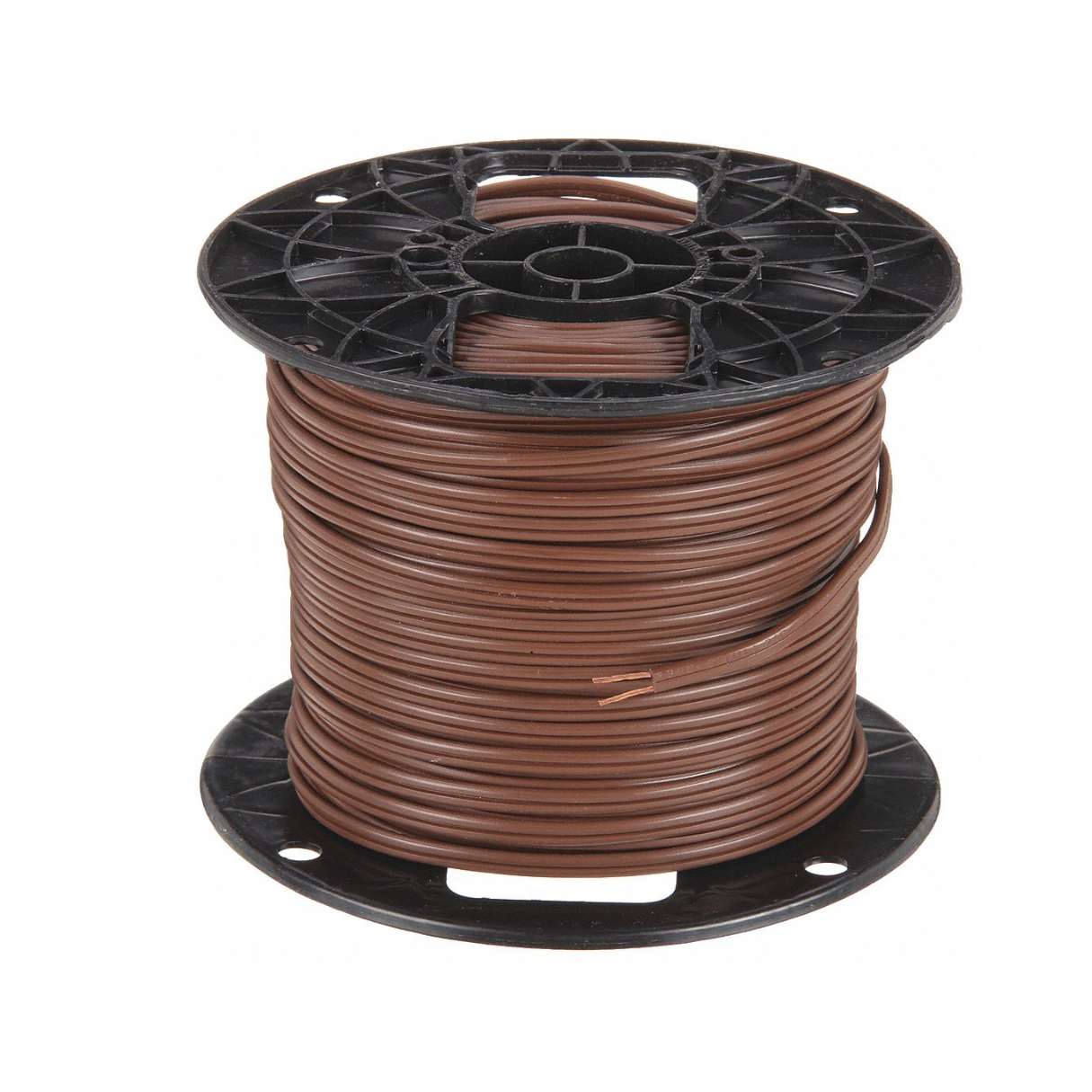
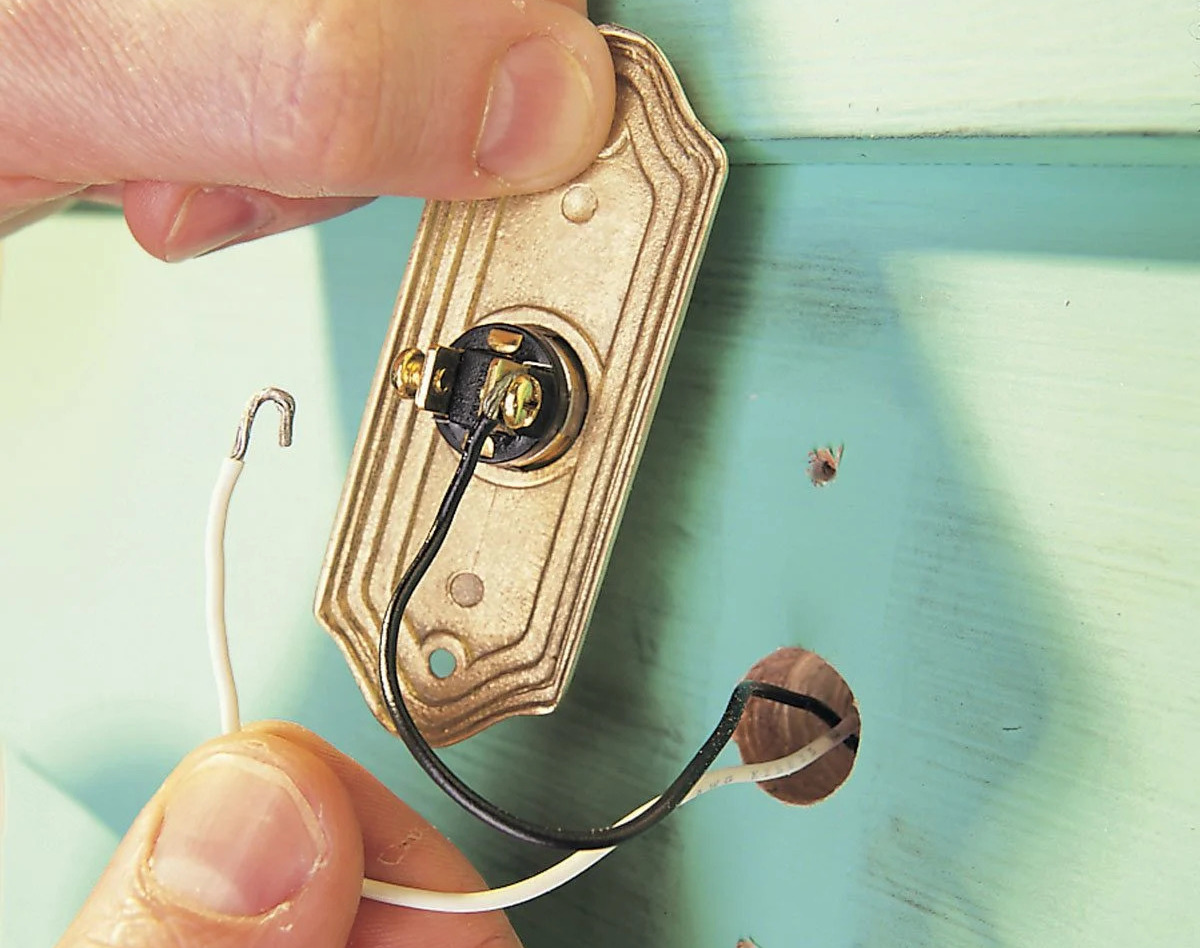
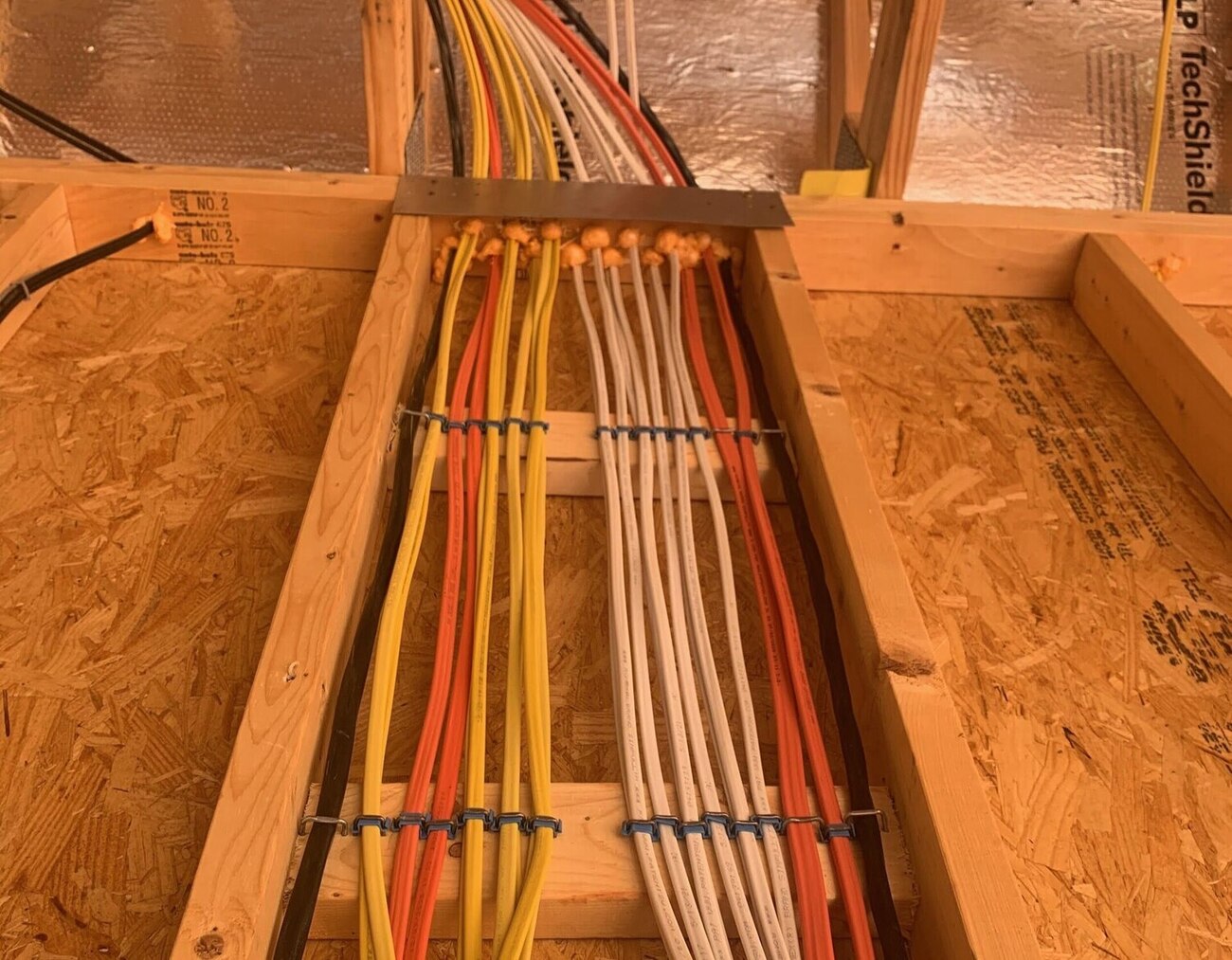
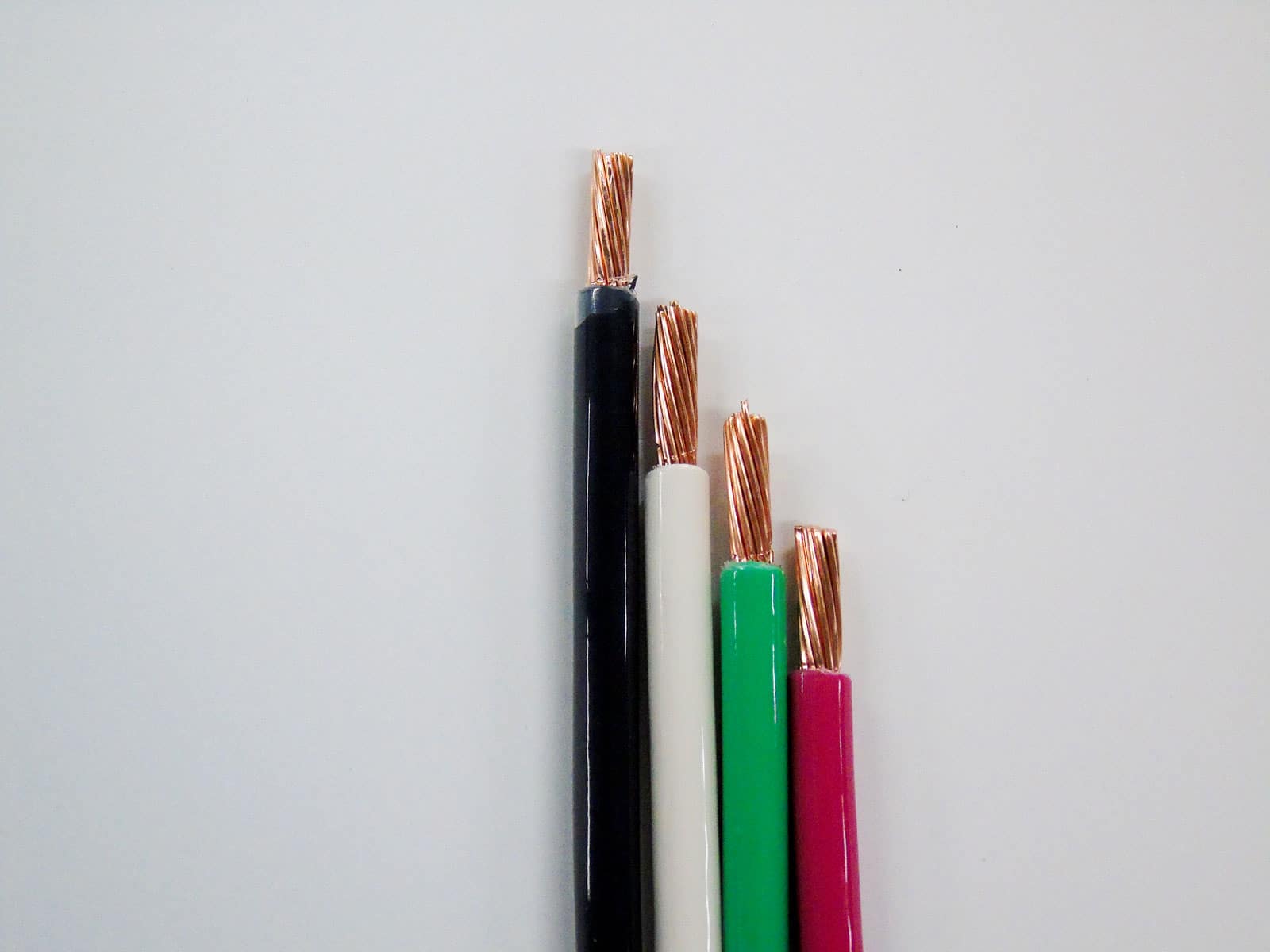
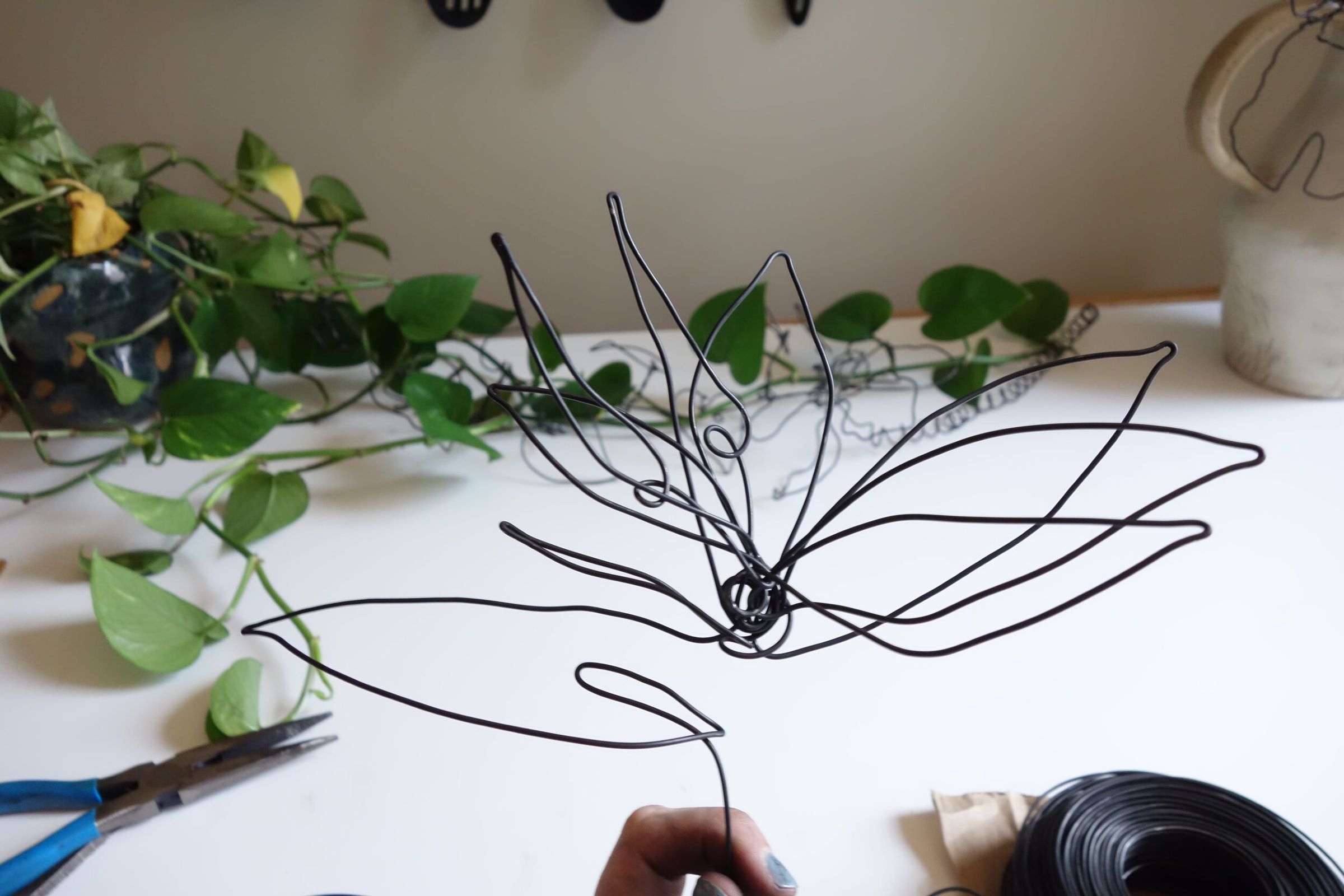
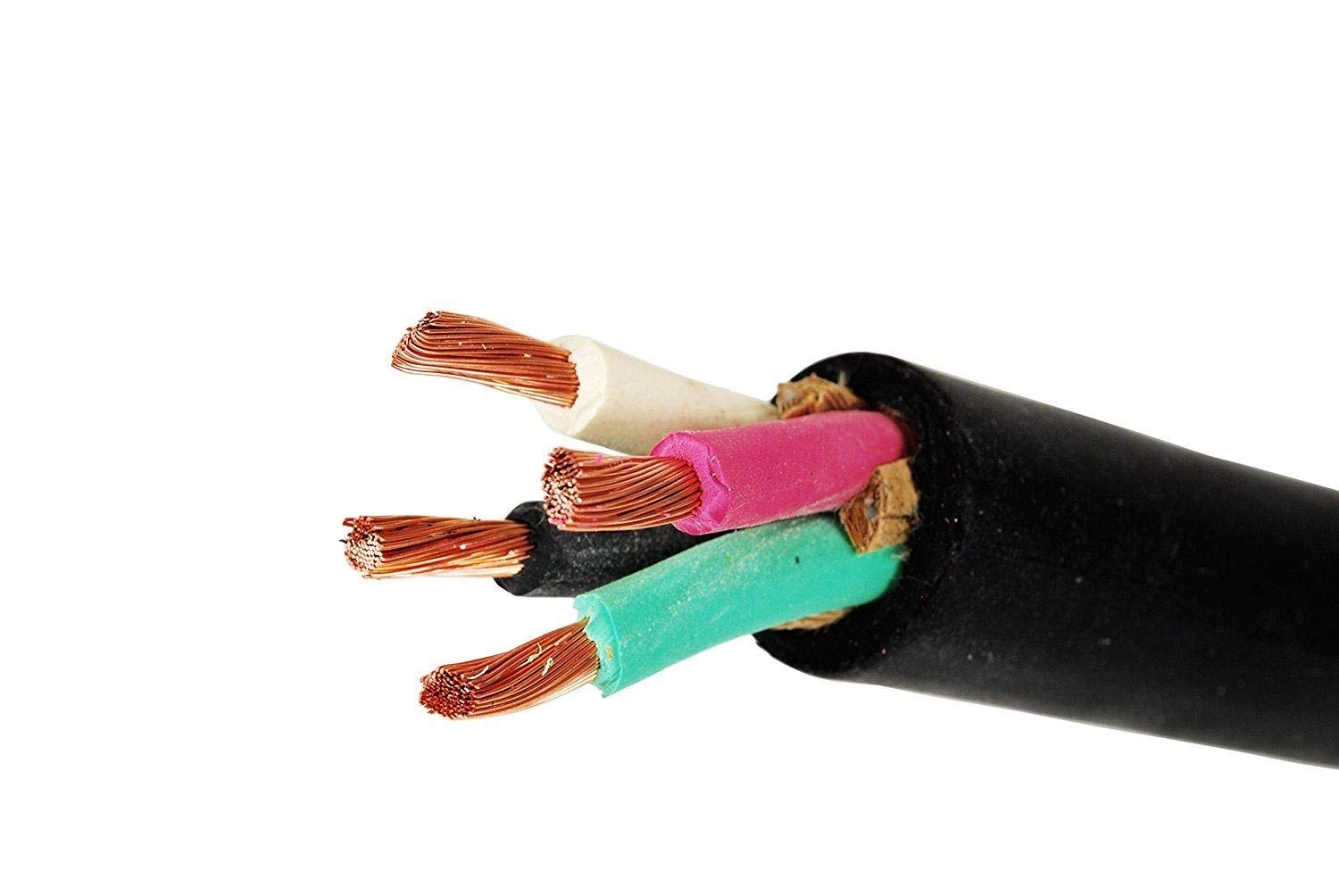
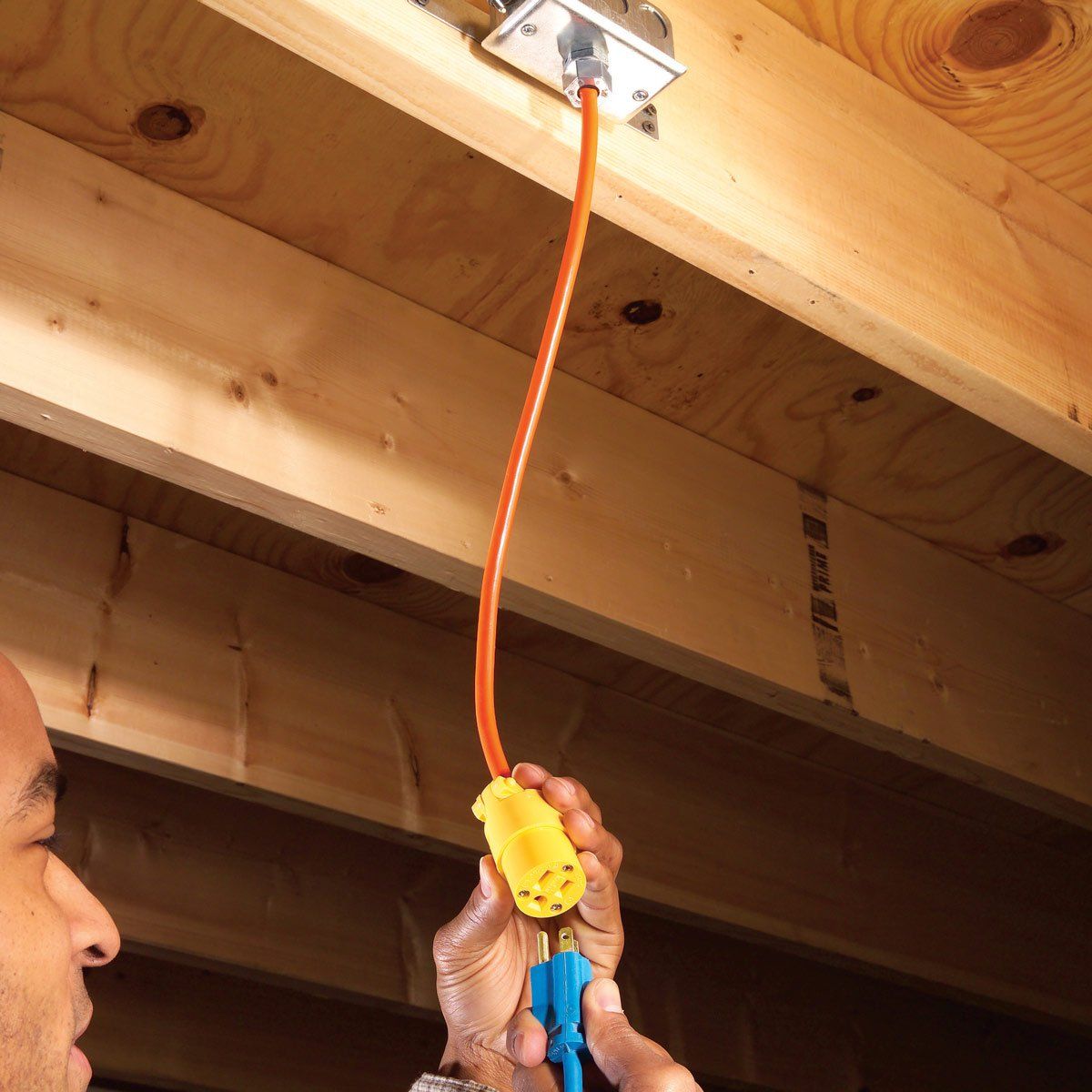
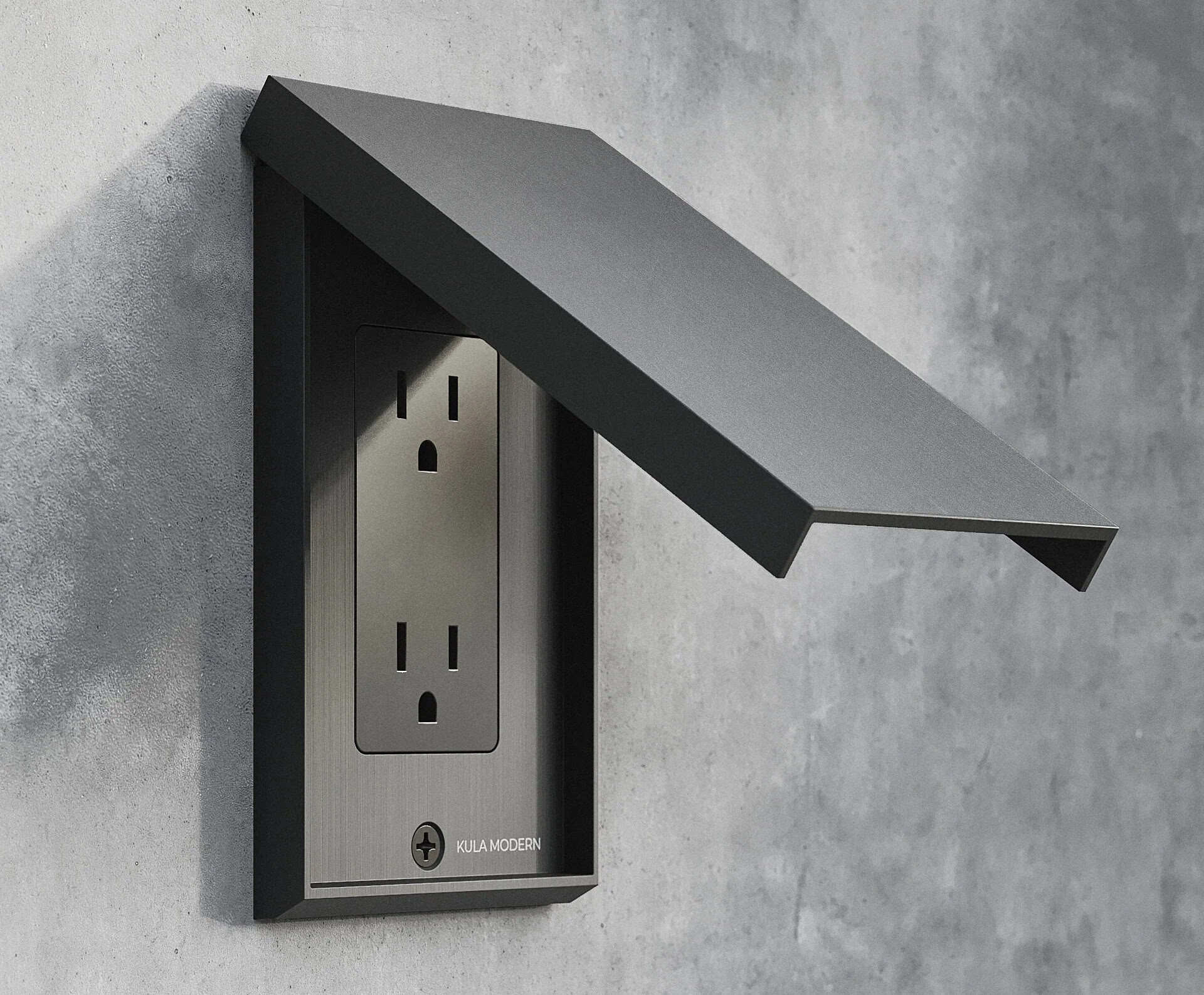
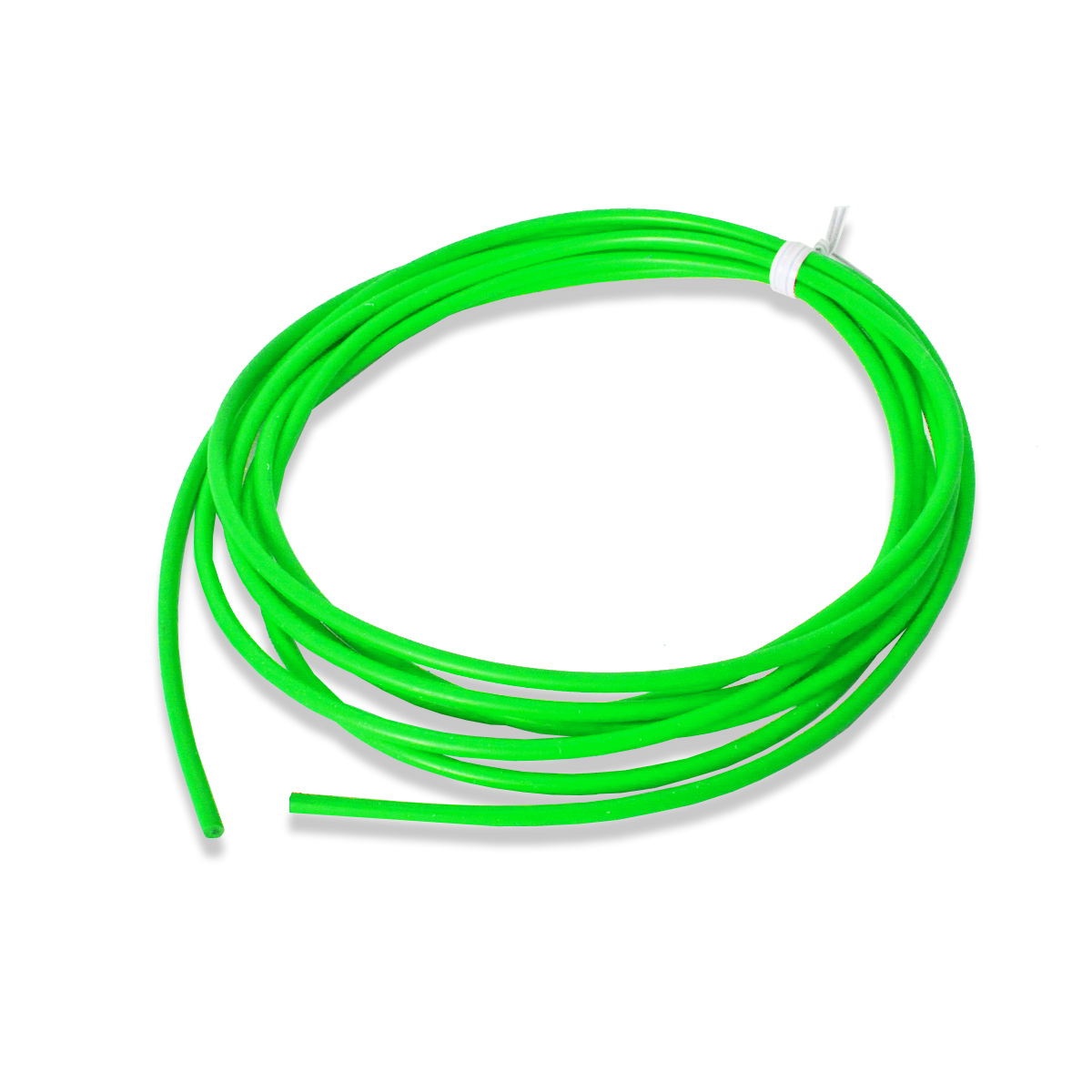
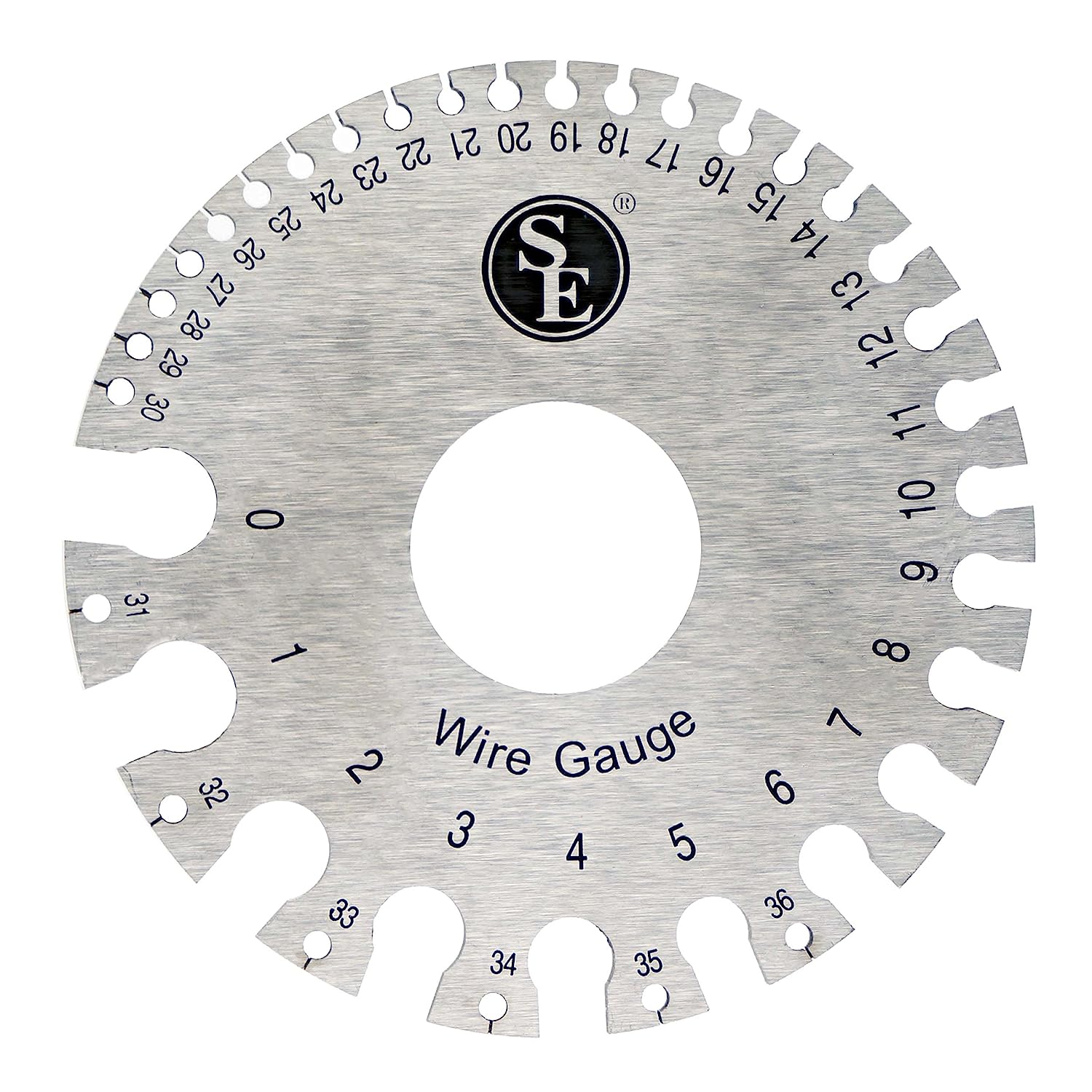
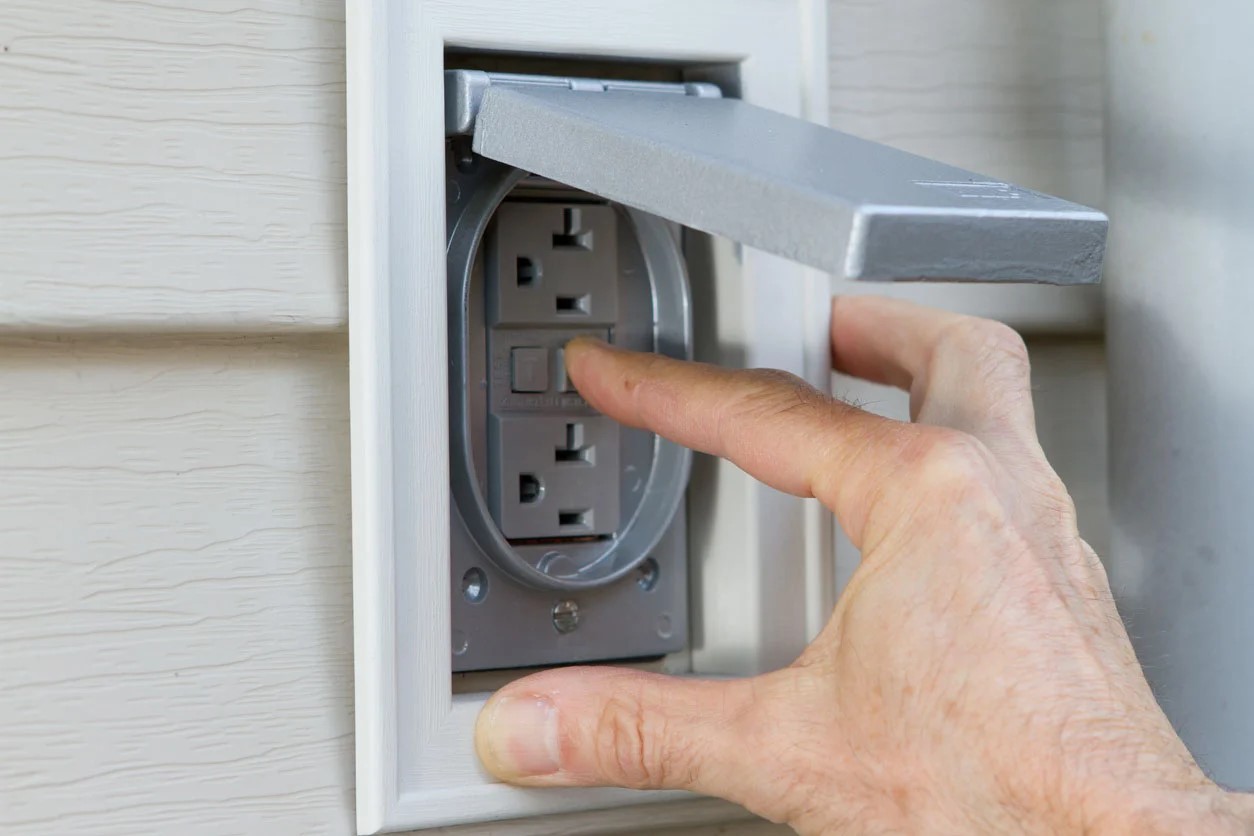
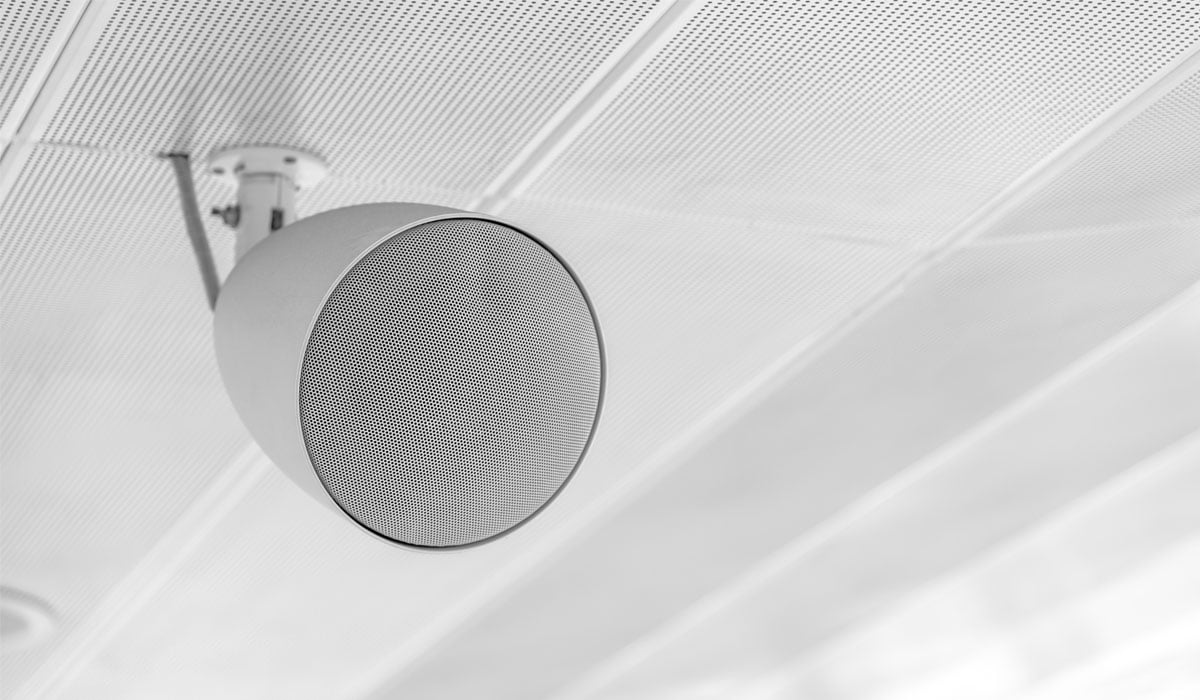
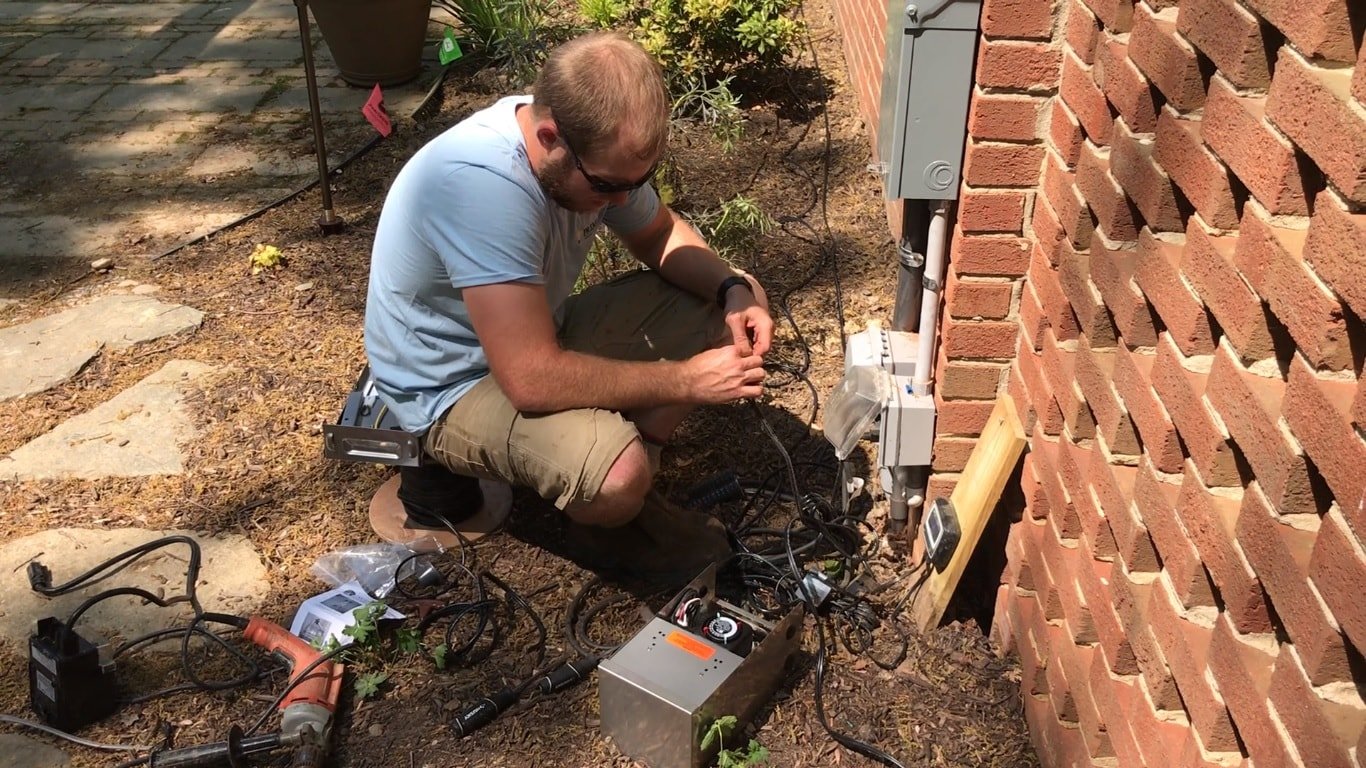
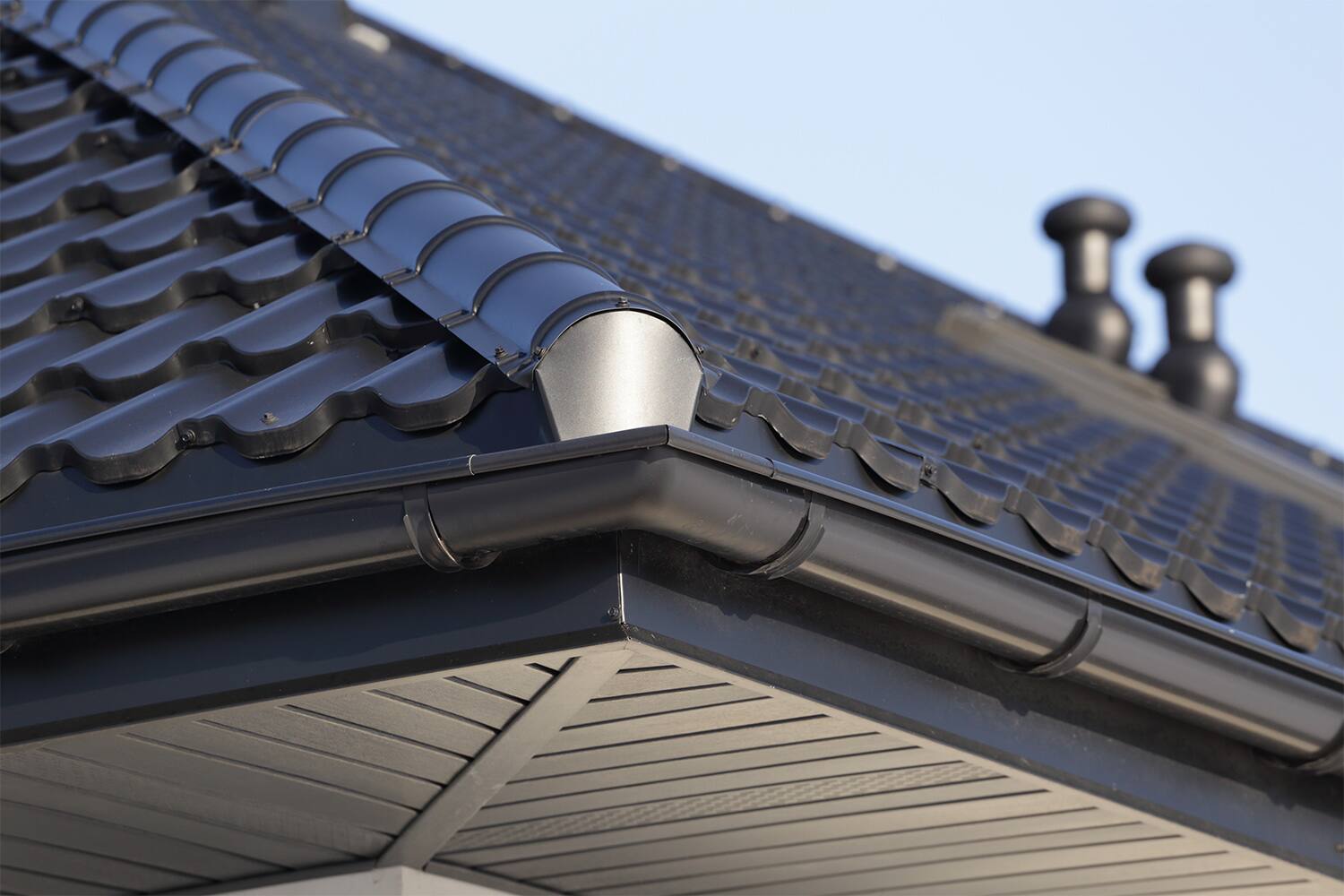
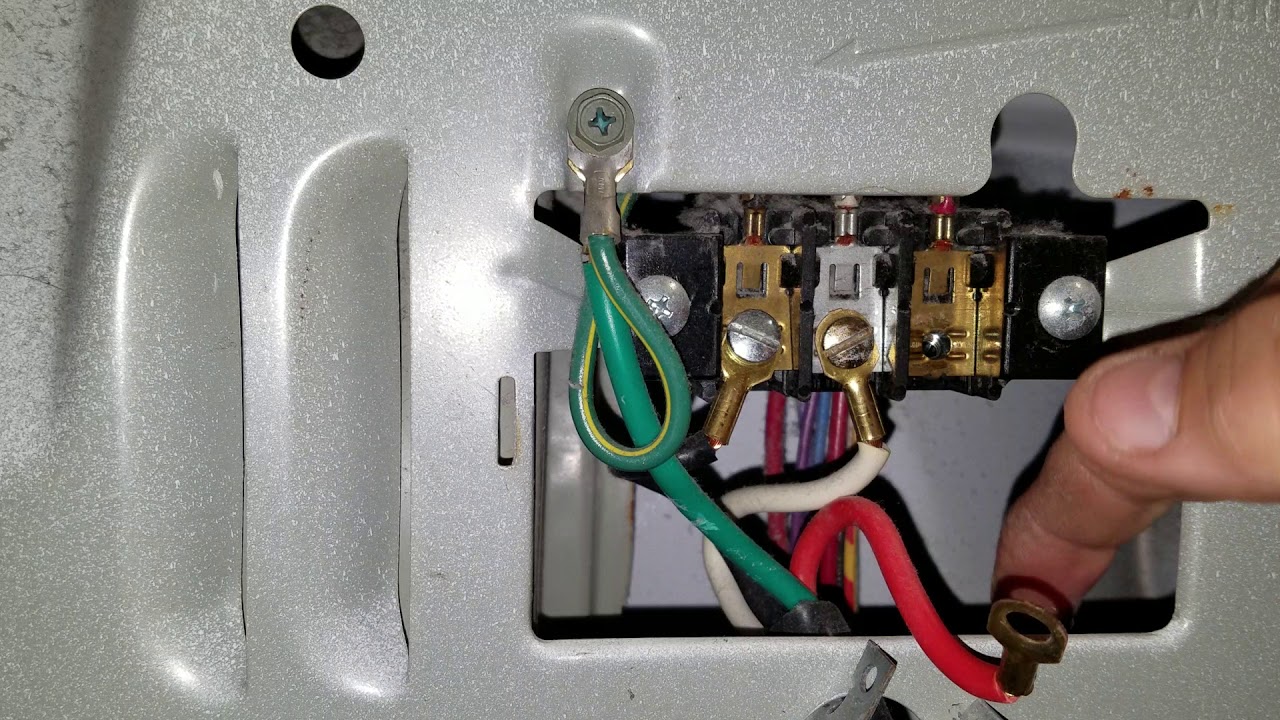

0 thoughts on “What Gauge Wire For An Outdoor Outlet”